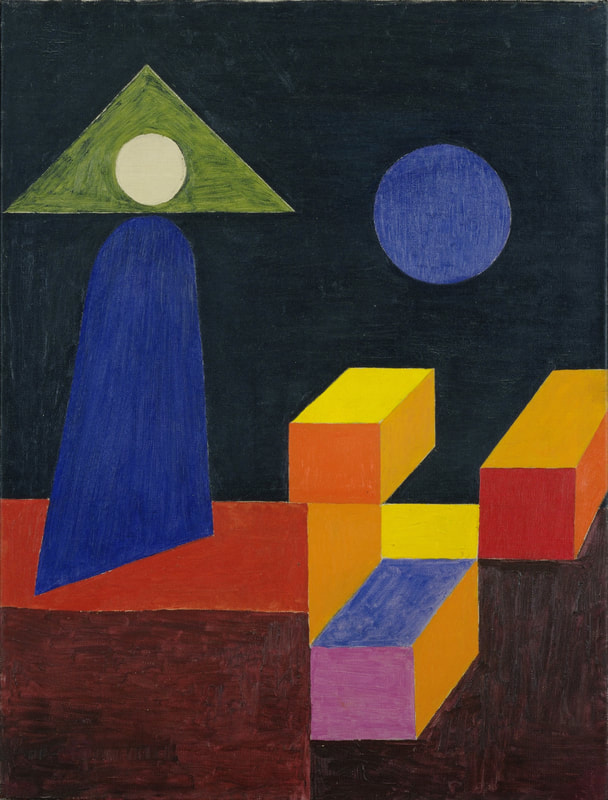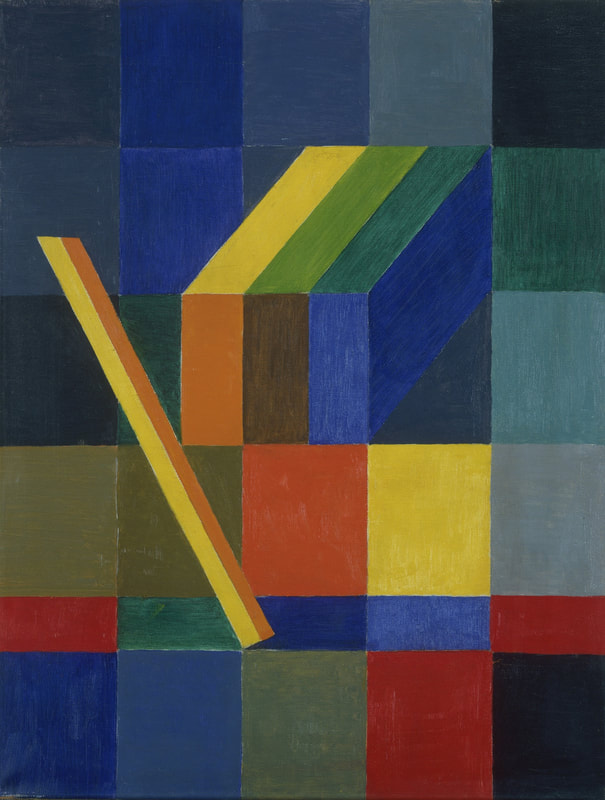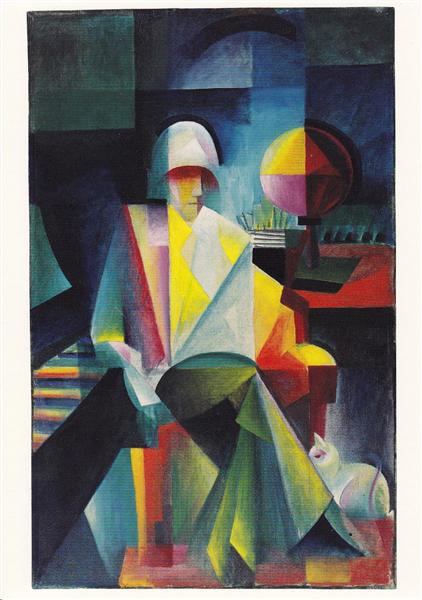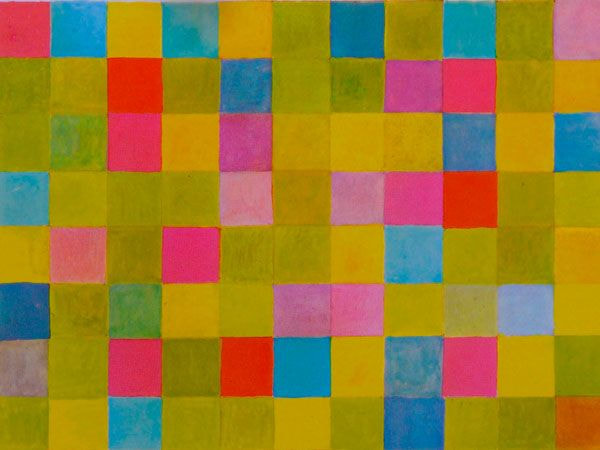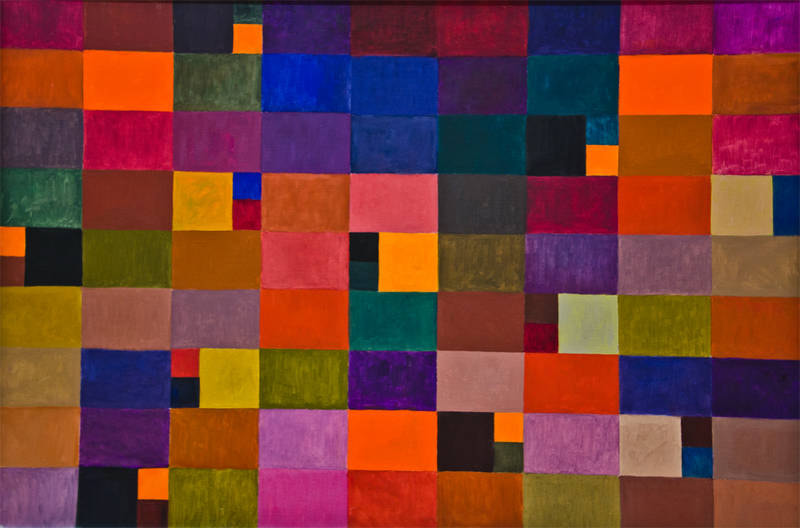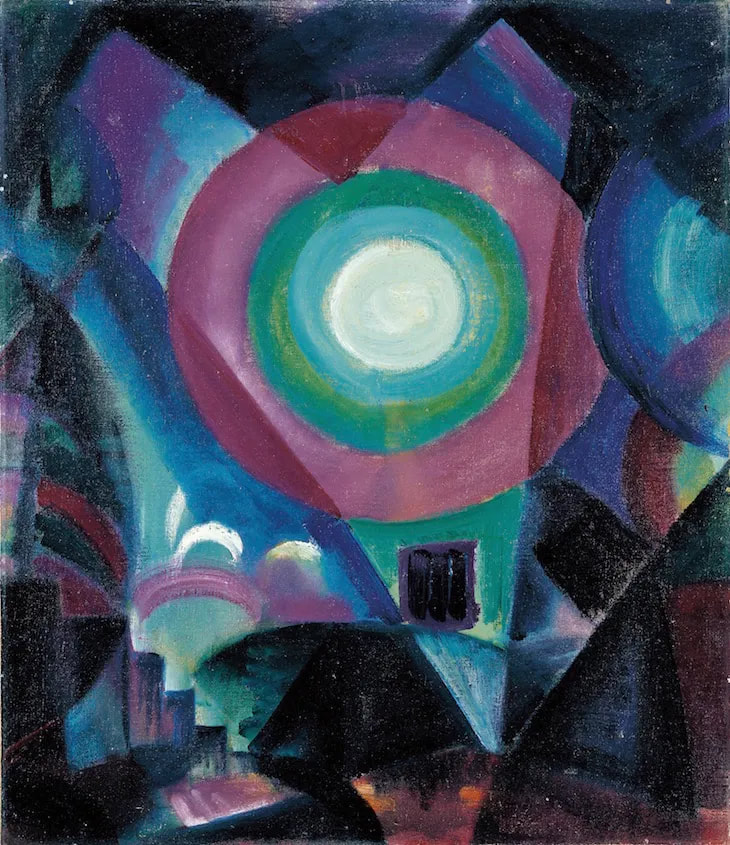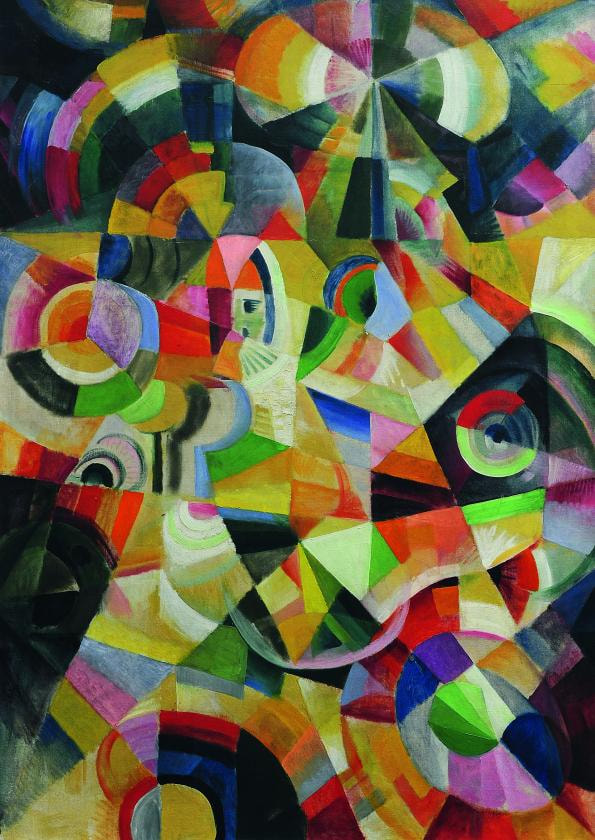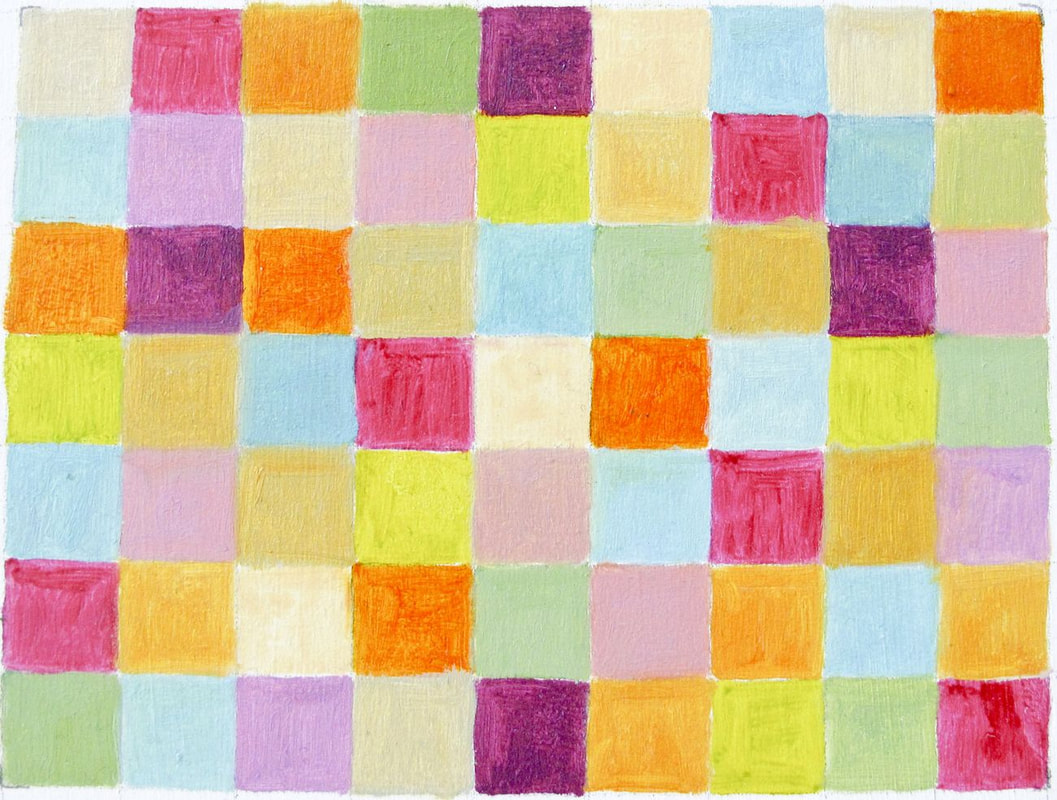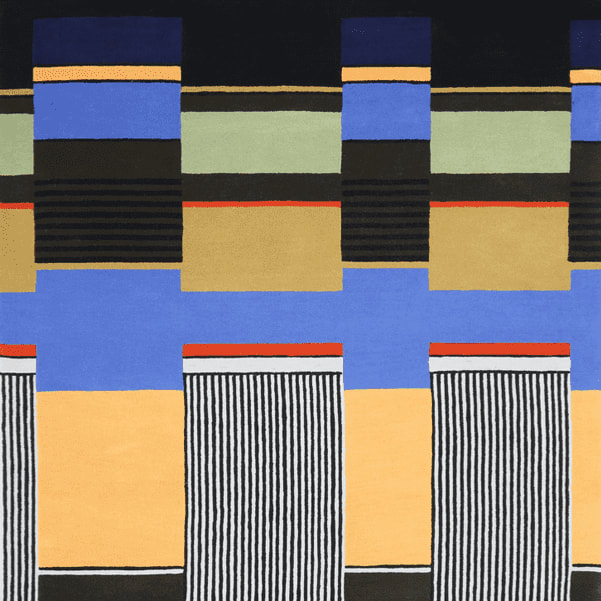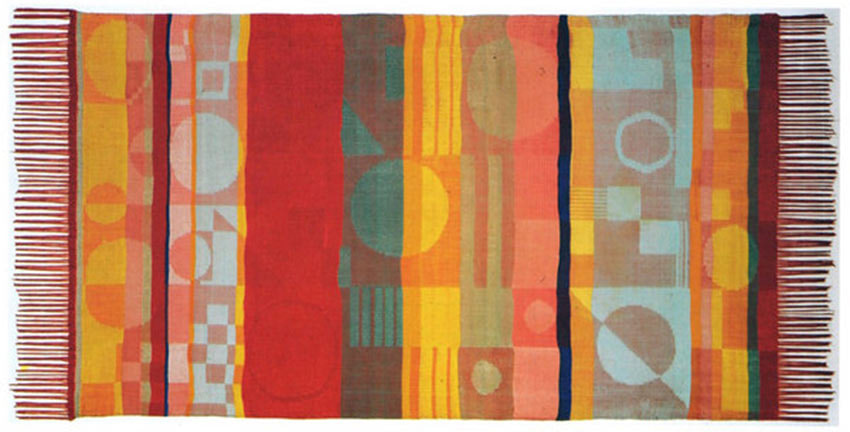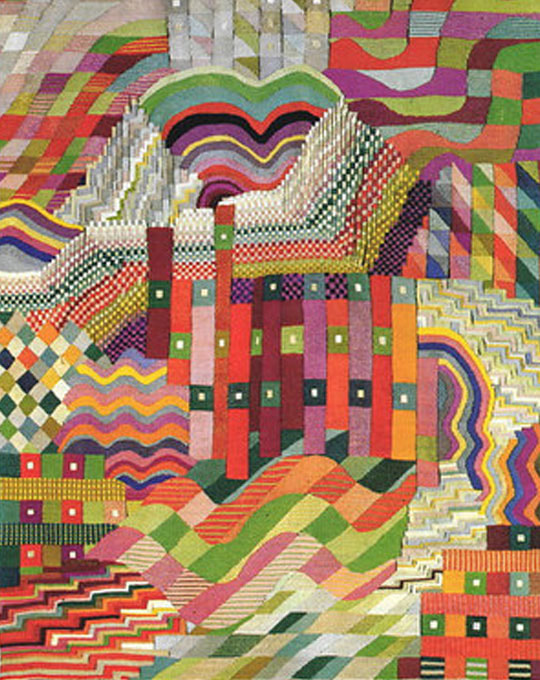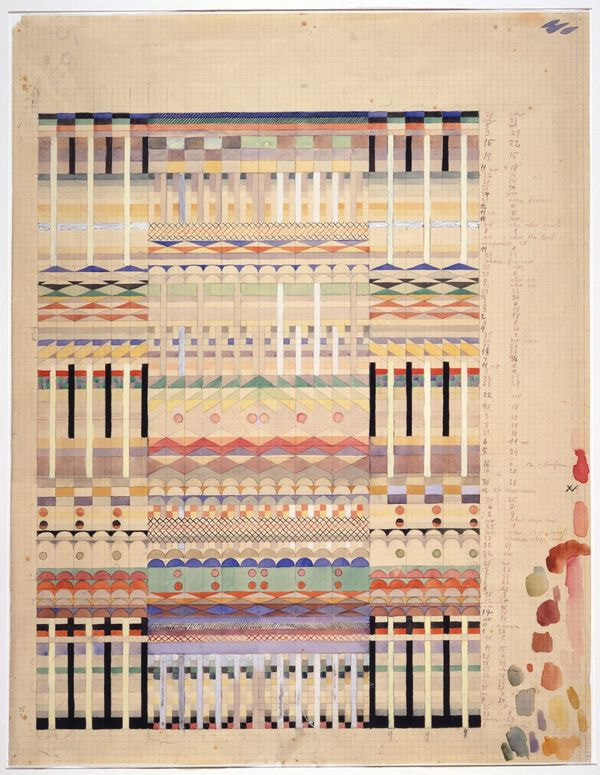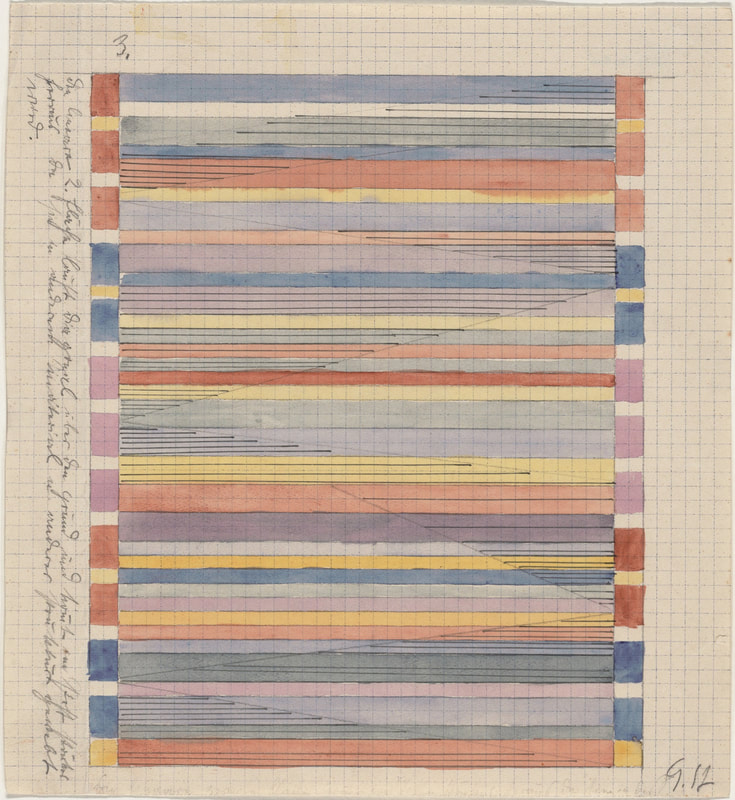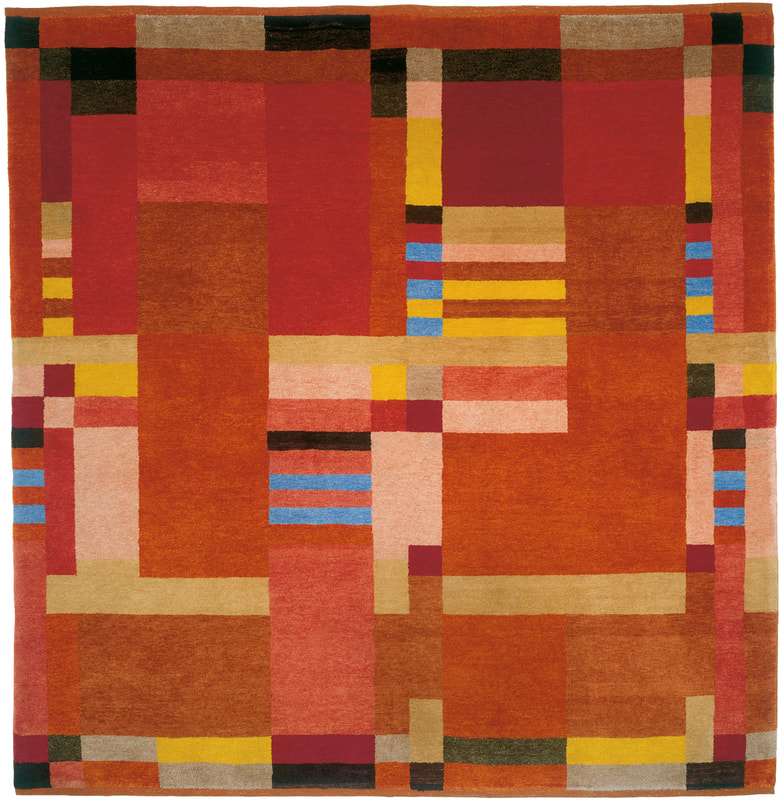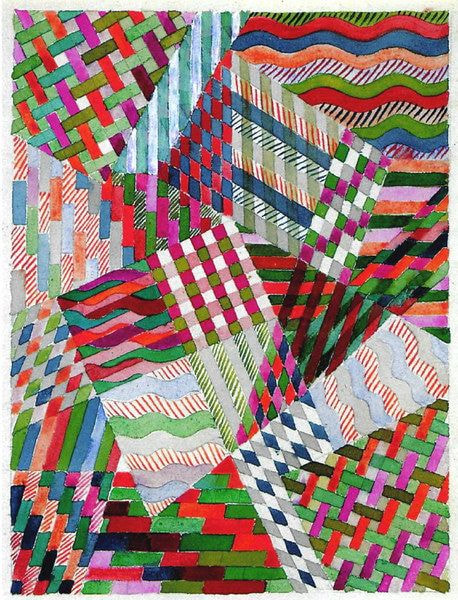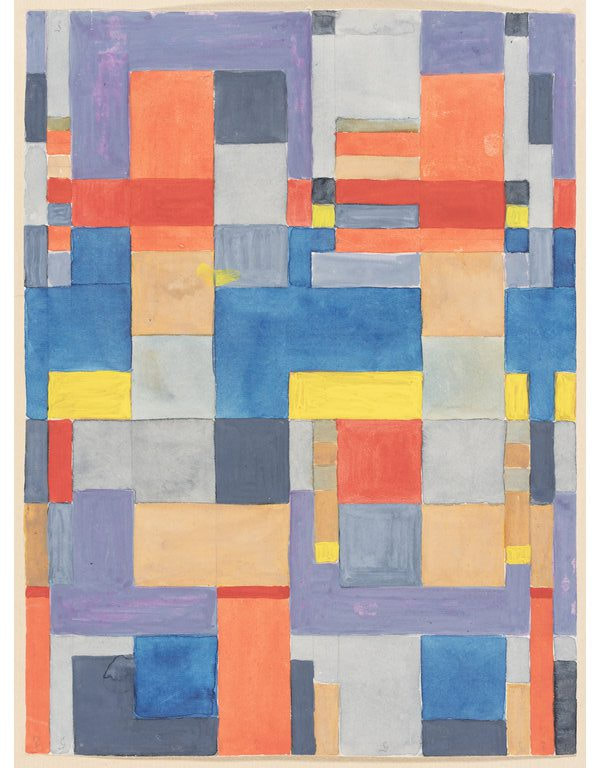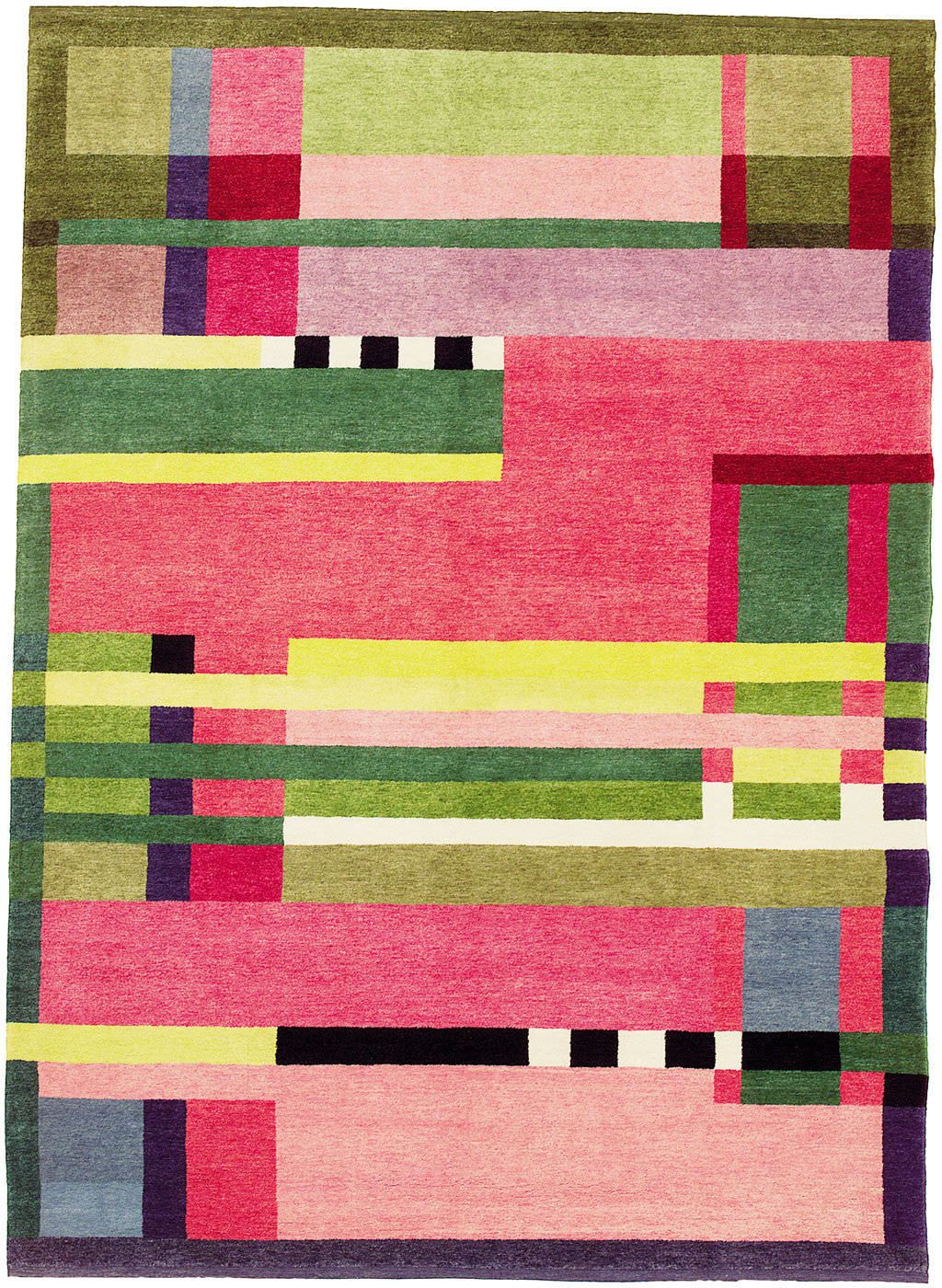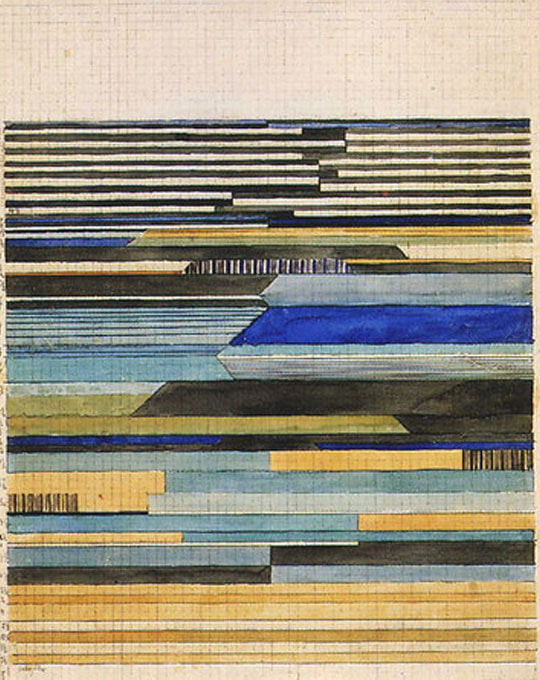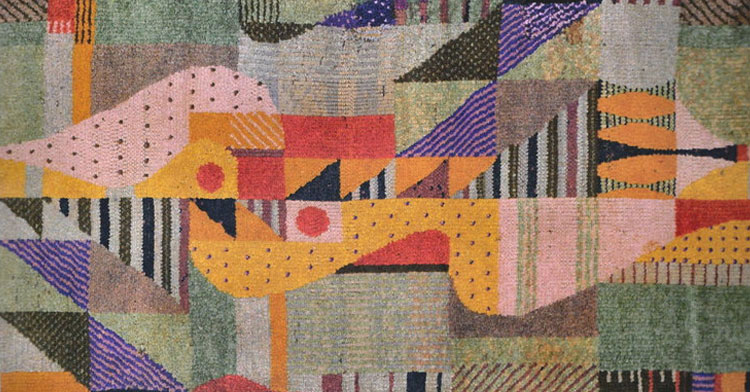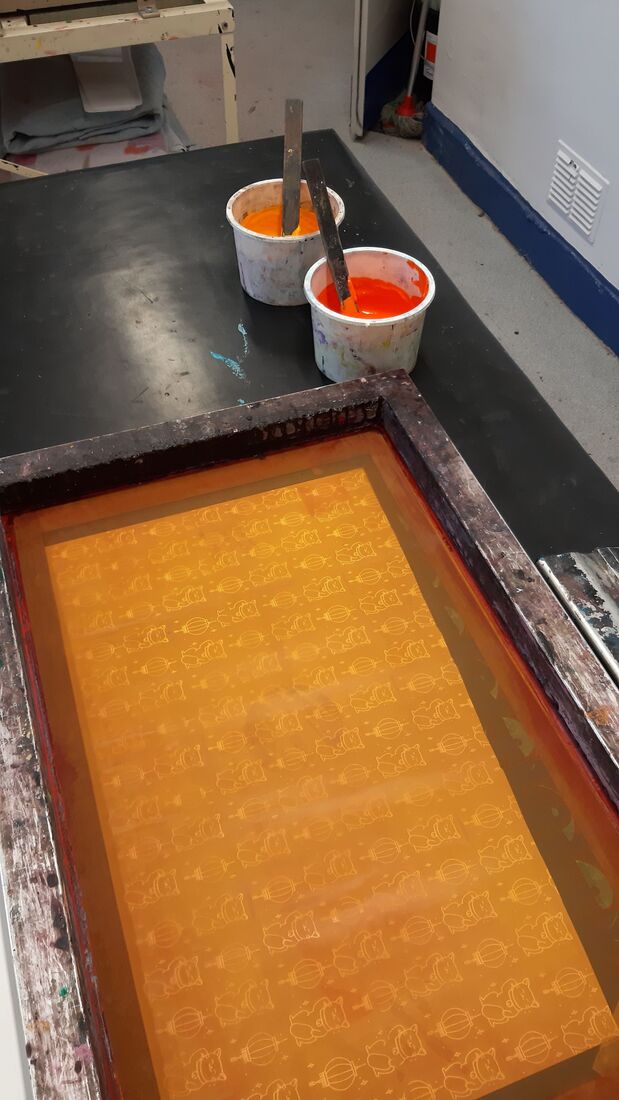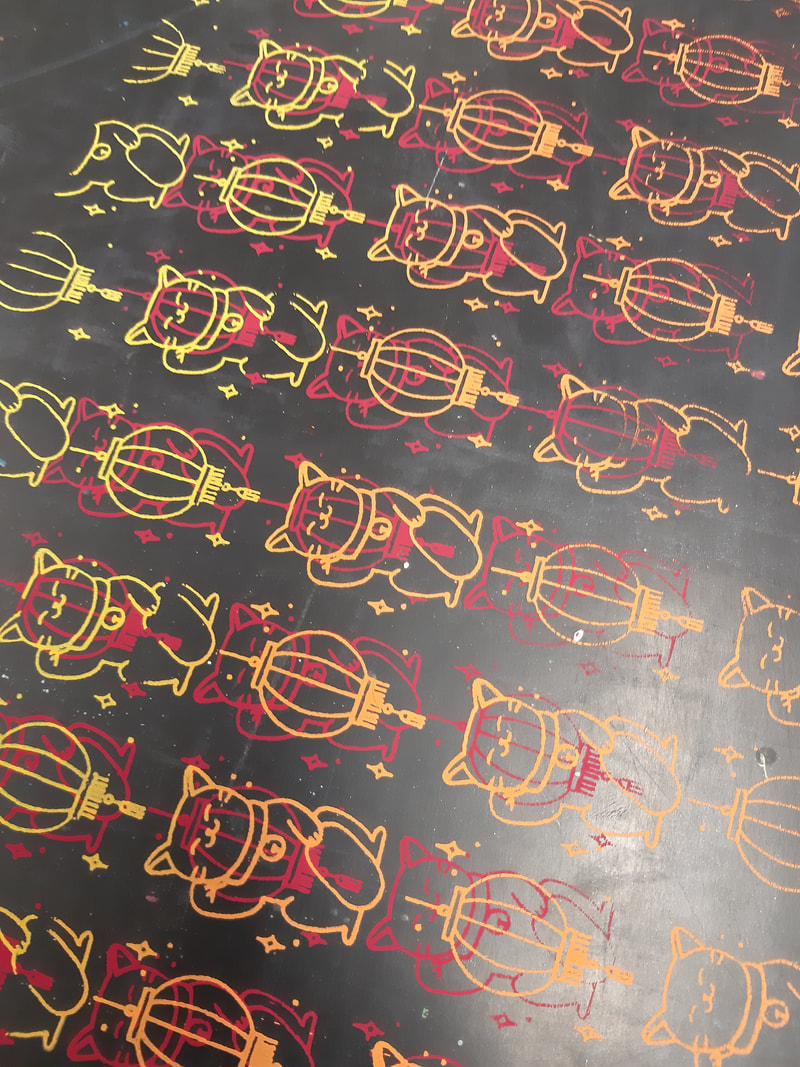We're in the 1980's Baby!The 80's were an interesting time, a time of chance, politics, questionable fashion and rebellion - how fun! As well as the skinny jeans and punk rockers, art was taking big turns too, all forms of media branched off into the mainstream and the non-mainstream for each side of the social and political scale. This divide gave particularly young people a voice and a way to express themselves along side the still traditional older generation and this is what the 80's was all about. I think the 80's were pretty damn cool. Below are two mood boards, one embracing the mainstream of the decade and the other showing the brilliant media fuelling the youth. "Official""Non-Official"
0 Comments
1960's Counter Culture |
Archives
December 2019
Bibliography
|
||||||
Site powered by Weebly. Managed by 34SP.com































